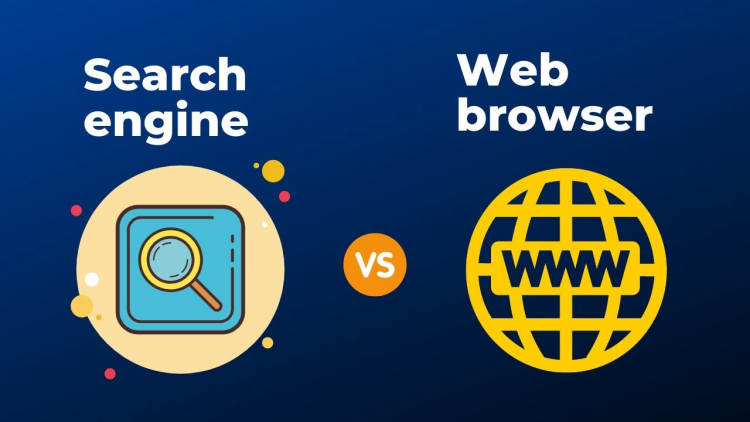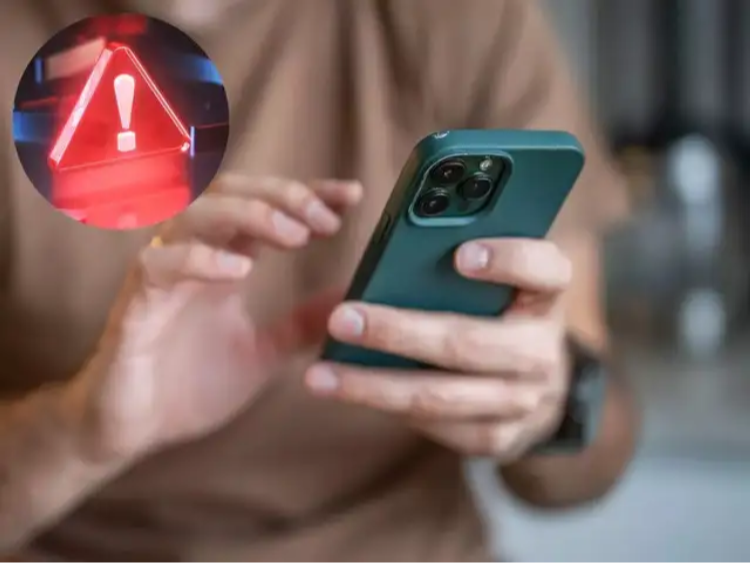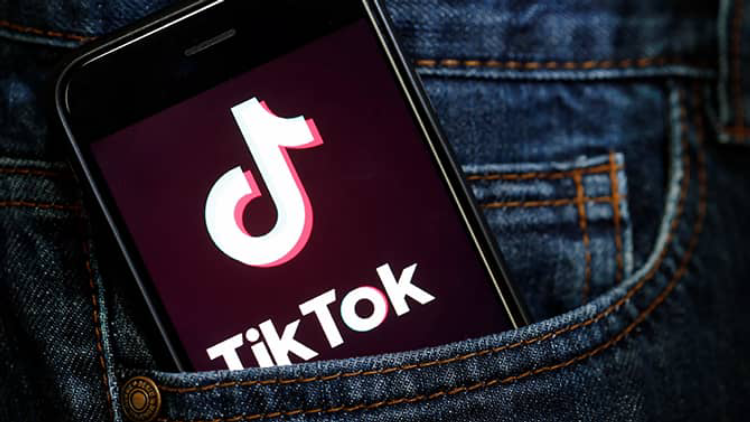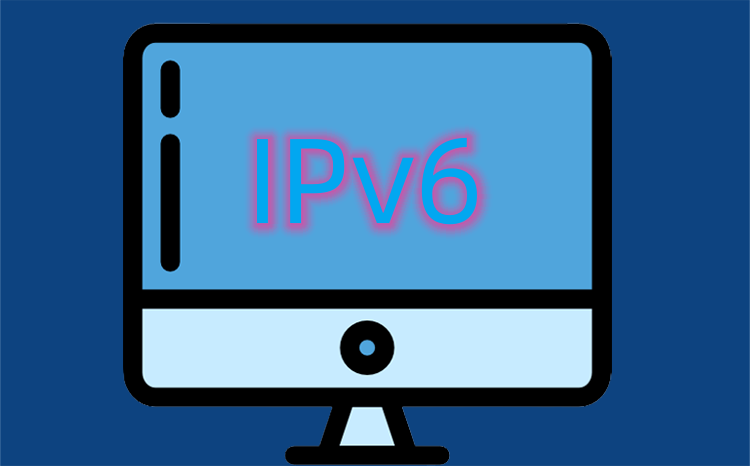Ever pause to think about the personal information you share daily? Whether you’re setting up a new social media profile, signing a contract, or browsing your favorite online store, your personal information is everywhere. Understanding what personal information covers, and how you can protect it, is essential for anyone navigating today’s digital landscape.
What Counts as Personal Information?
Personal information refers to any detail that can identify you or aspects of your life. On a basic level, personal information list entries can include:
-
Your full name
-
Home address
-
Phone number
-
Email address
-
Date of birth
But the scope goes beyond the obvious. Personal information also covers things like social media details, employment status, or even your favorite vacation spots. It’s all about information that pieces together the puzzle of who you are.
Personal Information List Table
| Type of Personal Information | Examples |
|---|---|
| Basic Identifiers | Full name, date of birth, phone number |
| Contact Information | Email, home address |
| Government-issued IDs | Passport number, Social Security number |
| Financial Info | Bank account details, credit card numbers |
| Biometric Data | Fingerprints, facial features |
| Employment Info | Job title, employer |
| Health Data | Medical records, health statistics |
| Online Presence | Social media profiles, usernames |
Personal Information Synonym & Differences
Often, you’ll hear personal information described as "personal data" or "personally identifiable information (PII)." Although these terms may seem interchangeable, there are subtle differences:
Key Definitions
| Term | Definition |
| Personal Information | Broad umbrella term covering any detail about you |
| Personal Data | Focuses on data that can identify you, used in GDPR |
| Personally Identifiable Info (PII) | Narrower term, focuses on specific identifiers like SSNs or passport numbers |
What Is PII (Personally Identifiable Information)?
Think of PII as the VIP of personal information. This includes details that, on their own or matched with other pieces of info, can uniquely point to you. A personal information list of PII might include:
-
Full name
-
Social Security number
-
Driver’s license number
-
Passport number
-
Bank account details
PII is at the heart of many legal, privacy, and security conversations in the United States. You’ll find PII referenced in privacy policies and security practices across countless industries.
Personal Information Examples in Daily Life
Curious about personal info example scenarios? Here are some you might recognize:
-
Filling out a shipping form online (full name, address, email, phone)
-
Booking travel tickets (passport, payment info)
-
Creating a health app profile (date of birth, health stats)
-
Logging into social media (usernames, location data)
-
Making a purchase with a credit card online
These everyday exchanges often collect both personal information and PII. Sometimes, the same data can fit in multiple categories depending on context.
More on Personal Information Lists
Here’s an expanded personal information list for quick reference:
-
Full name
-
Date of birth
-
Home/Mailing address
-
Phone numbers
-
Email addresses
-
Personal identification numbers (e.g., Social Security, tax ID)
-
Passport and bank account numbers
-
Job title and employer name
-
Family relationships
-
Biometric details (fingerprints, facial features)
-
Health or medical information
-
Survey responses tied to your ID
-
Social media profile details
Examples of Privacy and What’s Not Personal Information
Not all data is created equal. For example of privacy boundaries, statistical information that cannot be linked back to you (like website visit counts or anonymous survey results) is not considered personal information.
Not Personal Info Examples:
-
Aggregated website analytics without user IDs
-
Anonymized survey data
-
Public statistics from social media where individual identities are hidden
How to Protect Your Personal Information
Now that you know how much personal information you share, how can you keep it secure? Here are some practical tips:
-
Use Strong Passwords: Unique, complex passwords for each account
-
Be Wary of Public Wi-Fi: Use Falcon VPN, a Free VPN for Android
-
Read Privacy Policies: Check how your data is used
-
Limit Sharing: Avoid oversharing on public platforms
-
Update Regularly: Keep apps and tools current for best protection
Who Can Access Your Personal Information?
Your personal information is everywhere—from your workplace and healthcare provider to shopping sites and government agencies. But who can actually access it?
Who Collects Your Personal Information?
-
Government agencies: Required for taxes, licensing, etc.
-
Businesses and online platforms: To enhance services, marketing, and support
Every entity handling your personal information must be accountable. Staying informed is the first step in managing your risk.
Why Protecting Personal Information Matters
Safeguarding your personal information isn’t just about privacy; it’s about security. A breach can make sensitive data available to the wrong people.
Tips for Protection
-
Use tools like Falcon VPN
-
Avoid oversharing on social media
-
Regularly update passwords and use multi-factor authentication
What Does the Law Say About Personal Information?
Specific regulations govern how organizations store and use your personal information:
Major Data Protection Laws
| Law | Region | Focus |
| GDPR | European Union | Personal data rights and responsibilities |
| CCPA | California, US | Consumer rights over personal information |
| HIPAA | USA | Health-related personal information protection |
| NIST | USA | Cybersecurity and data security frameworks |
These laws entitle you to view, correct, or request deletion of your personal information.
How Do Businesses Safeguard Your Personal Information?
To reduce risks, businesses invest in several strategies:
-
Encryption and secure servers
-
Firewalls and audits
-
Employee training on privacy practices
Always check a company’s privacy policy. If unsatisfied, you have the right to request data deletion.
How To Shield Your Personal Information Online
Daily habits go a long way toward protecting you:
-
Use strong, unique passwords with MFA
-
Monitor what you share on social media
-
Only shop on trustworthy websites
-
Keep software updated
-
Use Falcon VPN, Free iPhone VPN
Review your Google account privacy settings and delete unnecessary digital traces.
🛡️ Protect Your Personal Information with Falcon VPN
Keeping your personal information safe online requires more than just awareness — it also takes the right tools. Falcon VPN encrypts your internet traffic, hides your IP address, and helps you stay anonymous on public and private networks alike.
Get started with Falcon VPN in just 3 easy steps:
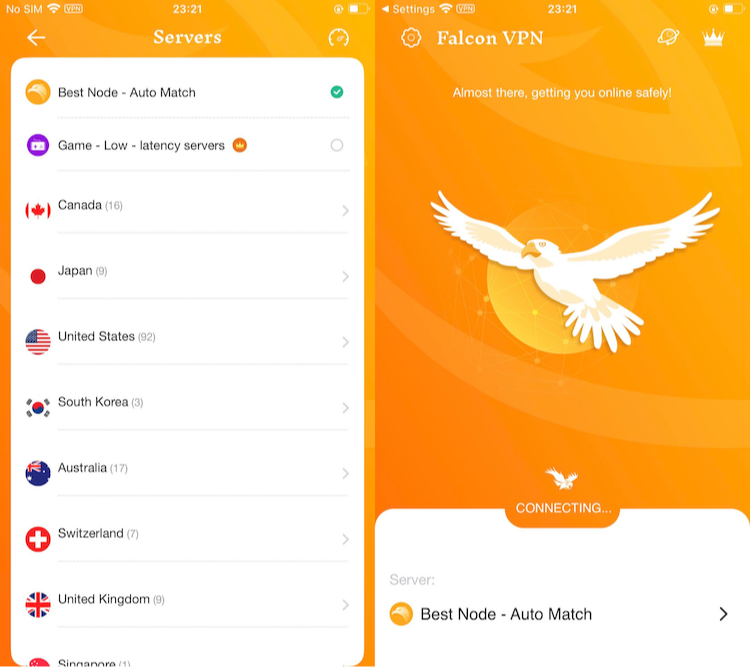
- Get the VPN App
Head over to FalconVPN and download the appropriate version for your device. - Complete Installation
Open the downloaded file and follow the prompts to install the VPN app on your device. - Open the VPN App
Launch the app after installation. Select your preferred server location. - Connect to Secure Your Internet
Hit the “Connect” button to encrypt your connection and protect your online activities.
FAQ: Protecting Your Personal Information
Where can I report a data breach of my personal information?
If your personal information is exposed:
-
Report it to the FTC or your national agency
-
Use our cybercrime resource page for tools like Falcon VPN
-
Understand it may stem from human error, not just hacks
Is it safe to share personal information on social media?
Think twice before posting. Even minor details in a personal info example can be misused. Adjust privacy settings and stay informed.
Where should I store my personal information securely?
-
Use encrypted cloud or folders
-
Apply strong passwords and a password manager
-
Use Falcon VPN for private browsing
Pro Tips:
-
Maintain and update a personal information list
-
Use a personal information synonym (e.g., "private data") for better organization
Staying proactive about your personal information ensures both security and peace of mind.

John Miller is a tech enthusiast and online privacy advocate with over 8 years of experience in VPN and cybersecurity. He writes expert guides to help users navigate VPN options, enhance their online security, and protect their privacy on the internet.
